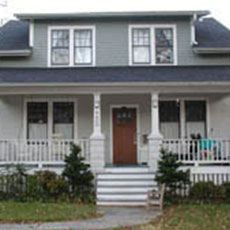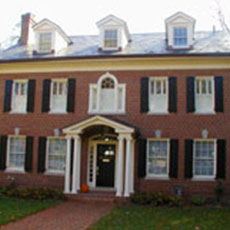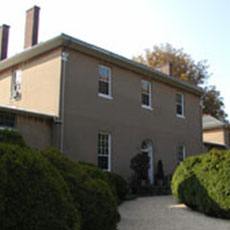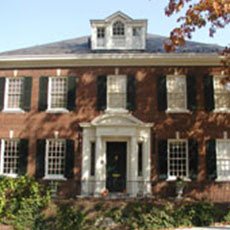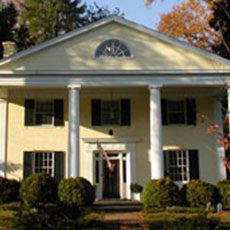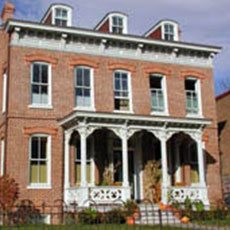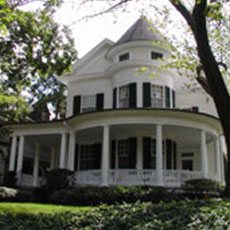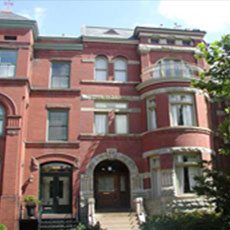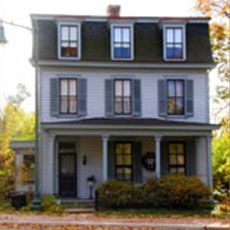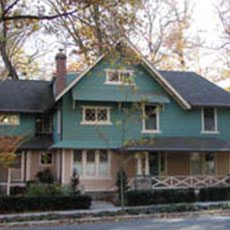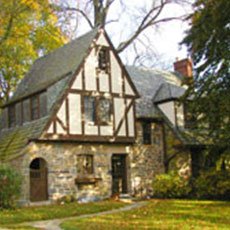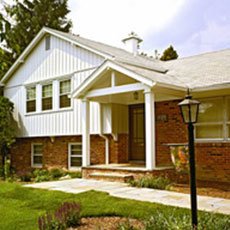What Style Is My House?
Homes in the Washington, DC metropolitan area (and across the country) are as unique as the people who live in them! There are a lot of different architectural styles and variations of those styles, from ranch to bungalow to Queen Anne.
But how do you distinguish between the styles? What are defining characteristics of each one? Whether you want to know what architectural style your own home is or you just want to learn more about architecture, the Wentworth team can help! Use the guide below and discover what gives a home character and history.


